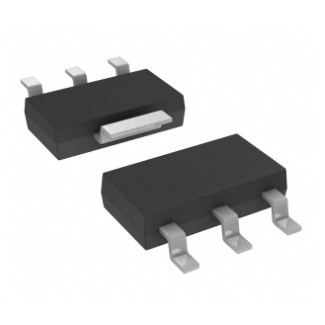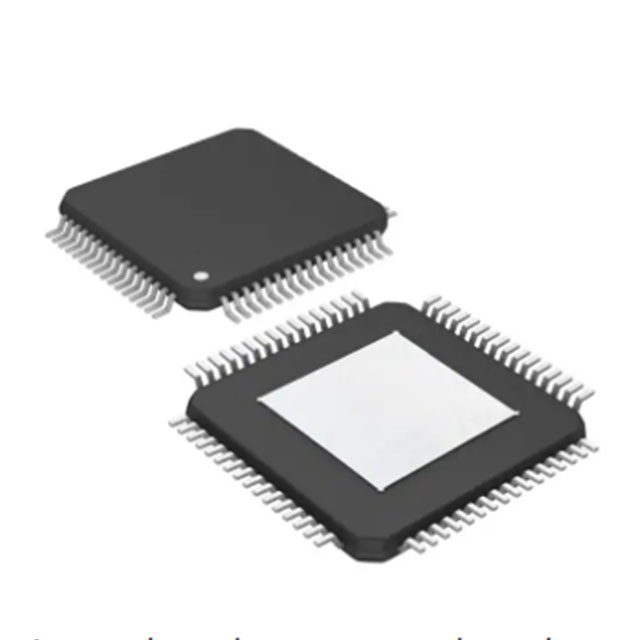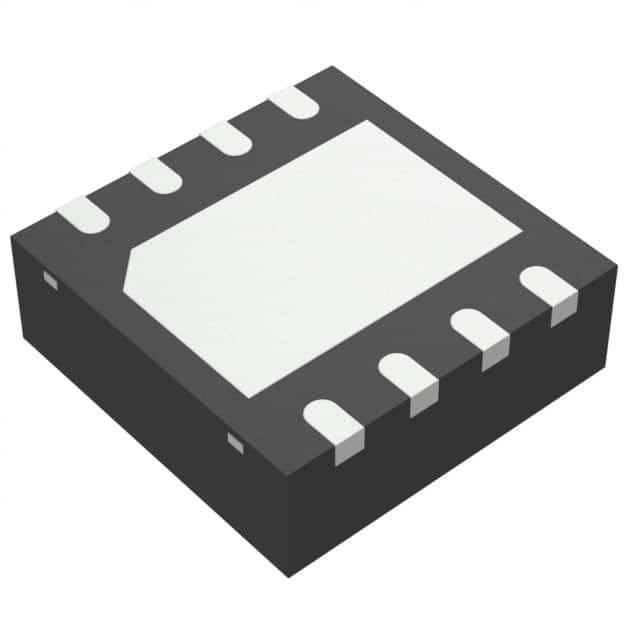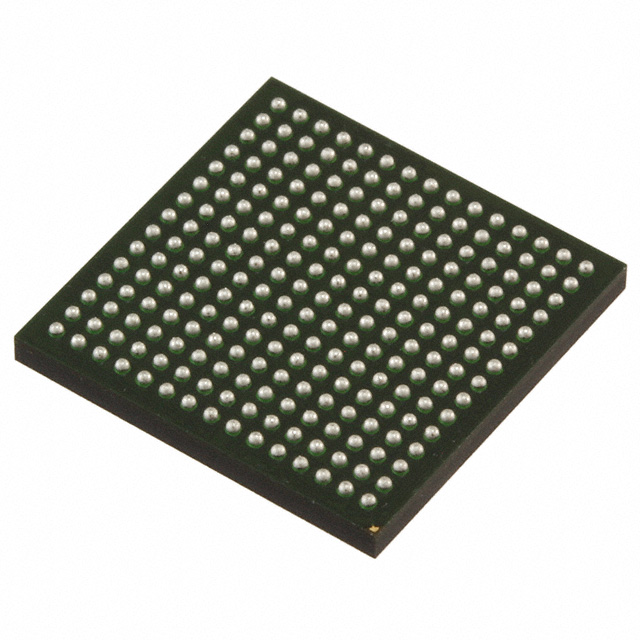Semicon Original Integrated circuits n123l1 BOM list service In Stock TPS7A5201QRGRRQ1
Product Attributes
| TYPE | DESCRIPTION |
| Category | Integrated Circuits (ICs) |
| Mfr | Texas Instruments |
| Series | Automotive, AEC-Q100 |
| Package | Tape & Reel (TR)
Cut Tape (CT) Digi-Reel® |
| SPQ | 3000 T&R |
| Product Status | Active |
| Output Configuration | Positive |
| Output Type | Adjustable |
| Number of Regulators | 1 |
| Voltage - Input (Max) | 6.5V |
| Voltage - Output (Min/Fixed) | 0.8V |
| Voltage - Output (Max) | 5.2V |
| Voltage Dropout (Max) | 0.3V @ 2A |
| Current - Output | 2A |
| PSRR | 42dB ~ 25dB (10kHz ~ 500kHz) |
| Control Features | Enable |
| Protection Features | Over Temperature, Reverse Polarity |
| Operating Temperature | -40°C ~ 150°C (TJ) |
| Mounting Type | Surface Mount |
| Package / Case | 20-VFQFN Exposed Pad |
| Supplier Device Package | 20-VQFN (3.5x3.5) |
| Base Product Number | TPS7A5201 |
Classification
LDOs are classified as positive output voltage LDOs or negative output LDOs. positive output voltage LDOs (low dropout) regulators: use a power transistor (also called a transfer device) as the PNP. this transistor allows saturation so the regulator can have a very low dropout voltage, typically around 200mV; negative output LDOs use an NPN as its transfer device and operate in a similar mode to positive output LDOs. The negative output LDO uses NPN as its transfer device and operates in a similar mode to the PNP device of the positive output LDO.
Extended Tip: Dropout voltage is the minimum difference between the input voltage and output voltage required for a regulator to maintain the output voltage within 100mV above or below its nominal value.
Choosing a solution
Boost is always a good choice for DCDC, buck, whether to choose DCDC or LDO, to compare in terms of cost, efficiency, noise, and performance.
❶ When the input and output voltages are close, it is best to choose an LDO regulator, which can achieve very high efficiency.
Example: LDO regulators are often used in applications where the lithium-ion battery voltage is converted to a 3V output voltage. Although the last 10% of the battery's energy is not used, the LDO regulator still ensures a long battery operating time with low noise.
❷When the input voltage and output voltage are not very close, consider a switching type DCDC too because the input current of the LDO is equal to the output current. If the voltage drop is too large, the energy consumed in the LDO is too large and the efficiency is not high.
Characteristics of traditional linear regulators
Conventional linear regulators: generally require the input voltage Uin to be at least 2V~3V higher than the output voltage About (such as the 78XX series of chips), otherwise they will not work properly. But such a condition is too harsh. If 5V to 3.3V, the voltage difference between the input and output is only 1.7V, which does not meet the operating conditions of a conventional linear regulator. Its voltage drop for a conventional linear regulator using an NPN compound power transistor is around 2V.
With MOS power transistors it is possible to provide the lowest dropout voltage. With power MOS, the only voltage drop through the regulator is caused by the ON resistance of the load current of the power supply device. If the load is small, the voltage drop generated in this way is only a few tens of millivolts.












.png)

